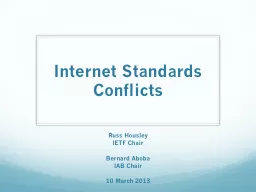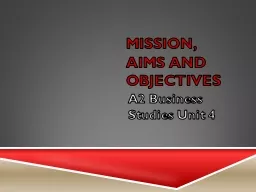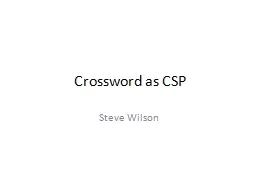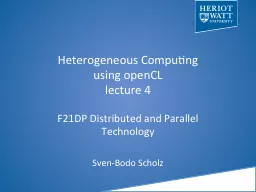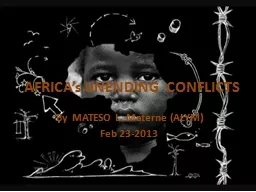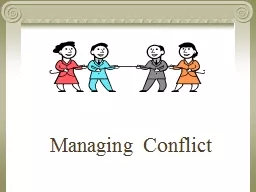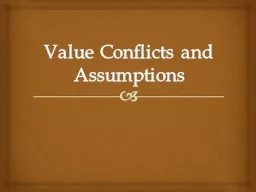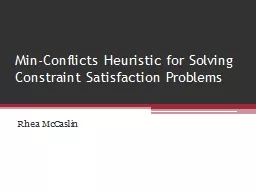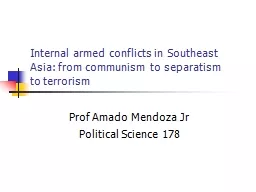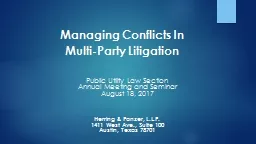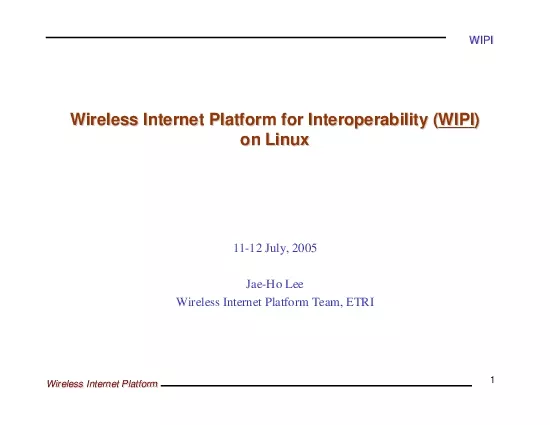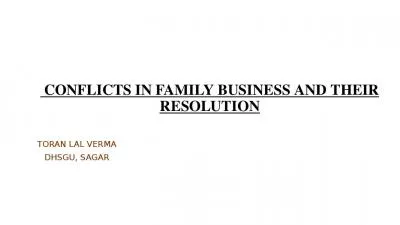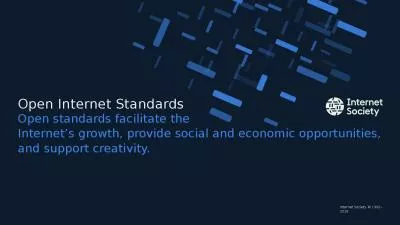PPT-Internet Standards Conflicts
Author : easyho | Published Date : 2020-08-28
Russ Housley IETF Chair Bernard Aboba IAB Chair 10 March 2013 Introduction IETF IEEE 802 and W3C develop standards that are very important to the Internet For all
Presentation Embed Code
Download Presentation
Download Presentation The PPT/PDF document "Internet Standards Conflicts" is the property of its rightful owner. Permission is granted to download and print the materials on this website for personal, non-commercial use only, and to display it on your personal computer provided you do not modify the materials and that you retain all copyright notices contained in the materials. By downloading content from our website, you accept the terms of this agreement.
Internet Standards Conflicts: Transcript
Download Rules Of Document
"Internet Standards Conflicts"The content belongs to its owner. You may download and print it for personal use, without modification, and keep all copyright notices. By downloading, you agree to these terms.
Related Documents

